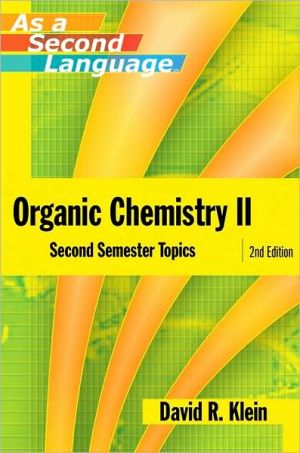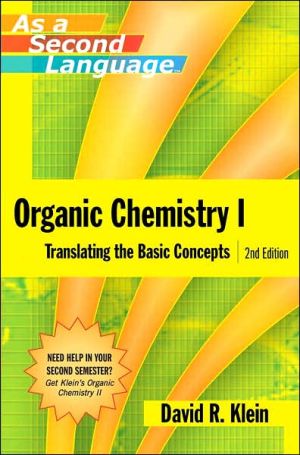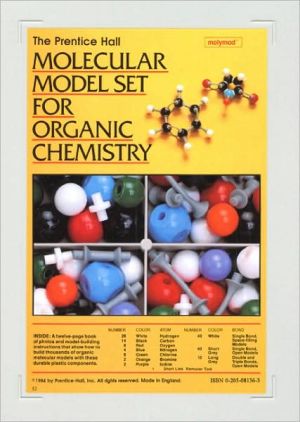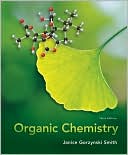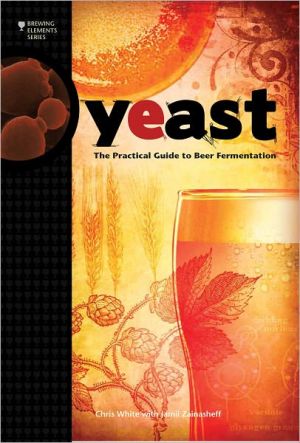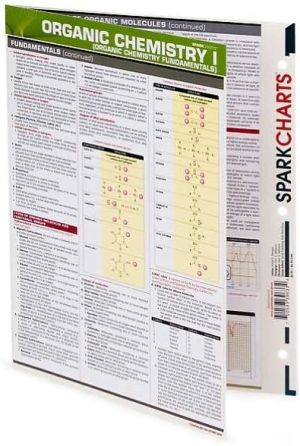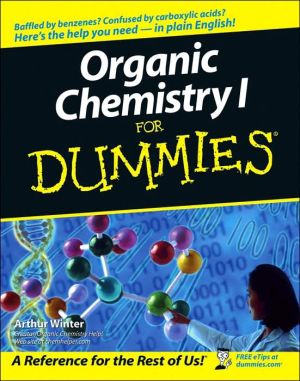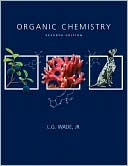Organic Chemistry II as a Second Language: Second Semester Topics, Vol. 2
Building on the resounding success of the first volume (0-471-27235-3), Organic Chemistry as a Second Language, Volume 2 provides readers with clear, easy-to-understand explanations of fundamental principles. It explores the critical concepts while also examining why they are relevant. The core content is presented within the framework of predicting products, proposing mechanisms, and solving synthesis problems. Readers will fine-tune the key skills involved in solving those types of problems...
Search in google:
Building on the resounding success of the first volume (0-471-27235-3), Organic Chemistry as a Second Language, Volume 2 provides readers with clear, easy-to-understand explanations of fundamental principles. It explores the critical concepts while also examining why they are relevant. The core content is presented within the framework of predicting products, proposing mechanisms, and solving synthesis problems. Readers will fine-tune the key skills involved in solving those types of problems with the help of interactive, step-by-step instructions and problems.
Chapter 1. THE SKILLS YOU NEED. 1.1 The Goal of This book. 1.2 Mechanisms Are Your Keys to Success. Chapter 2. INTRO TO IONIC MECHANISMS. 2.1 Curved Arrows. 2.2 The Basic Moves. 2.3 Combining the Basic Moves. Chapter 3. ELECTROPHILIC AROMATIC SUBSTITUTION. 3.1 Halogenation and the role of Lewis Acids. 3.2 Nitration. 3.3 Friedel-Crafts Alkylation and Acylation. 3.4 Sulfonation. 3.5 Modifying the Nucleophilicity of the Nucleophile. 3.6 Predicting Directing Effects. 3.7 Identifying Activators and Deactivators. 3.8 Predicting and Exploiting Steric Effects. 3.9 Synthesis Strategies. Chapter 4. NUCLEOPHILIC AROMATIC SUBSTITUTION. 4.1 Criteria for Nucleophilic Aromatic Substitution. 4.2 SNAr Mechanism. 4.3 Elimination-Addition. 4.4 Mechanism Strategies. Chapter 5. KETONES AND ALDEHYDES. 5.1 Preparation of Ketones and Aldehydes. 5.2 Stability and Reactivity of the Carbonyl. 5.3 H-Nucleophiles. 5.4 O-Nucleophiles. 5.5 S-Nucleophiles. 5.6 N-Nucleophiles. 5.7 C-Nucleophiles. 5.8 Some Important Exceptions to the Rule. 5.9 How to Approach Synthesis Problems. Chapter 6. CARBOXYLIC ACID DERIVATIVES. 6.1 General Rules. 6.2 Acyl Halides. 6.3 Anhydrides. 6.4 Esters. 6.5 Amides and Nitriles. 6.6 Synthesis Problems. Chapter 7. ENOLS AND ENOLATES. 7.1 Keto-Enol Tautomerism. 7.2 Reactions Involving Enols. 7.3 Making Enolates. 7.4 Haloform Reactions. 7.5 Alkylation of Enolates. 7.6 Aldol Reaction and Aldol Condensation. 7.7 ClaisenCondensation. 7.8 Decarboxylation Provides Some Useful Synthetic Techniques. 7.9 Michael Reactions. Chapter 8. AMINES. 8.1 Nucleophilicity and Basicity of Amines and Amides. 8.2 Preparation of Amines through SN2 Reactions. 8.3 Preparation of Amines through Reductive Amination. 8.4 Preparation of Amines from Amides. 8.5 Acylation of Amines. 8.6 Reactions of Amines with Nitrous Acid. 8.7 Aromatic Diazonium Salts. Answer Key. Index.
